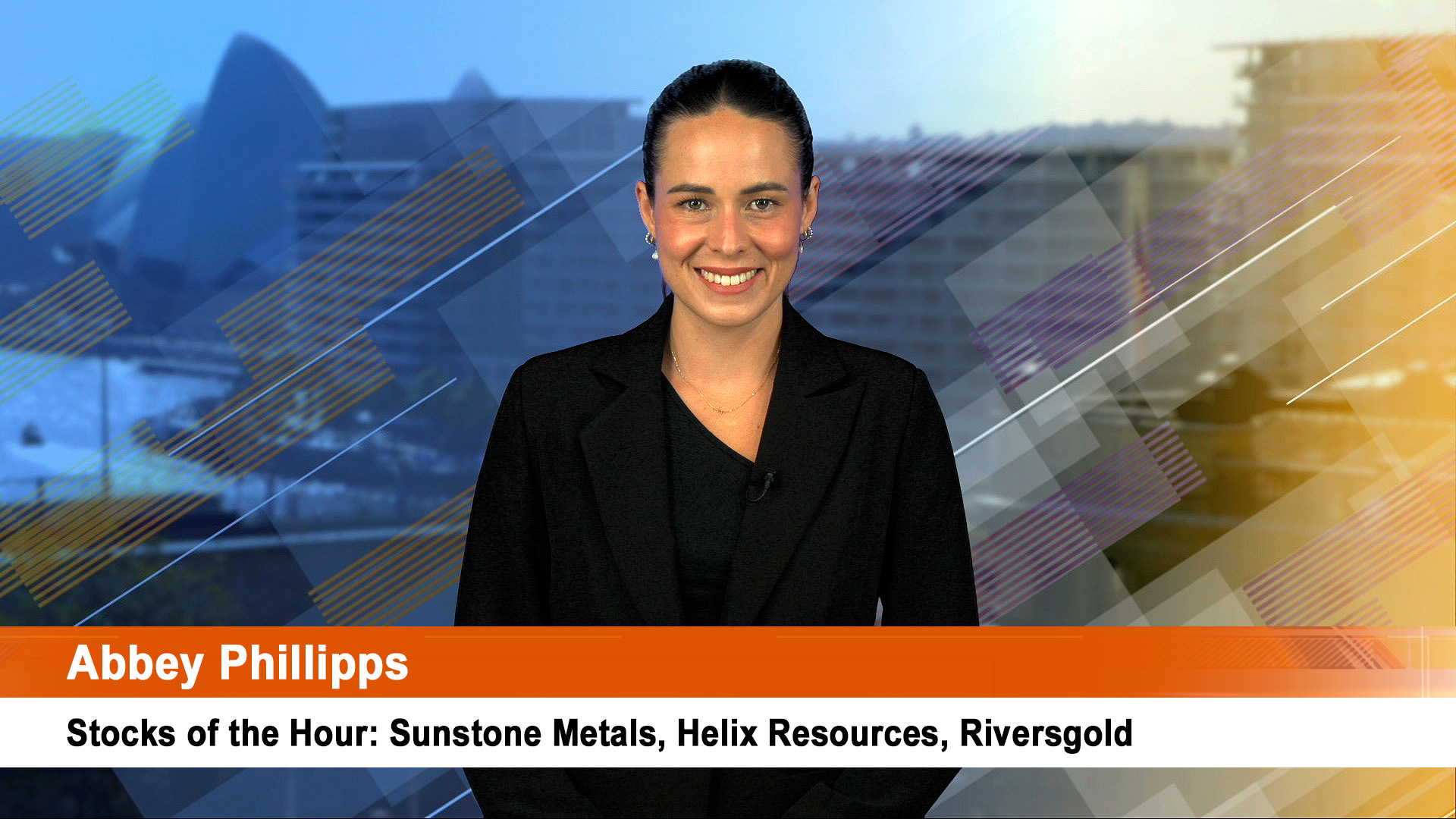Nothing at all for interest rates from the September quarter Labour Price Index from the Australian Bureau of Statistics except to say that once again the public sector has been very generous with wage rises, compared to private industry.
The Index shows hourly wages growth in Australia continues to ease, as the Reserve Bank says it has been thanks to the economic slowdown and the tough international markets hitting corporate balance sheets and demand.
The fall will have the RBA ticking another box on its economic checklist.
Wage costs are going the way they should be, at last, despite the best efforts of the public sector to keep them high.

In fact private sector employers in the previously booming states of Western Australia and Queensland (where much of the mining industry located) have cut wages growth dramatically.
But the public sector, especially the state governments, has done its bit, and more, to keep wages growing faster than they should be.
Just as they did with producer price and consumer price inflation, the public sector is pushing wages up much faster than the private sector where the influence of the slump in demand for labour is seeing wage growth restricted.
The PPI and CPI for the September quarter last month both showed huge rises in the cost of utility charges such as electricity, water and sewerage, so much so that they caused the headline rates of inflation in both series to be much higher than they should have been.
Now, in the Labour Price Index for the September quarter from the Australian Bureau of Statistics we see evidence of a similar effect.
Overall wages growth might have been low, but it would have been much lower (with less impact on medium term inflationary concerns) if public sector wages growth had been more restrained.
The ABS said in commentary "In the September quarter 2009, the Private sector wage price index rose by 0.7% compared to 1.0% for the Public sector, the All sectors index recorded a quarterly movement of 0.7%.
"The All sectors quarterly movement of 0.7% was the equal lowest in the history of the series.
"The last time a quarterly movement of 0.7% was recorded was in the March quarter 2000.
"Public sector movements were greater than the Private sector for both the quarter and the year through to September quarter 2009.
"The All sectors through the year movement of 3.4% was the lowest since the December quarter 2002, when 3.4% was also recorded as the through the year movement.
"Since the December quarter 2008, the Private sector and Public sector through the year movements have diverged.
"In the September quarter 2009, the Private sector through the year movement was 3.1% while the Public sector through the year movement was 4.5%."
"In the Public sector, quarterly movements in the September quarter 2009 ranged from 0.4% for Education and training to 2.4% for Health care and social assistance.
"The quarterly movement of 2.4% for Health care and social assistance was the highest recorded for this industry since the September quarter 2006 (2.7%)."
That’s a huge divergence, and a look at the state breakdown shows where the public sector has been making hay, led by NSW where the Labour Government has handed out pay rises to keep unions happy (and Premier Rees in power).
"The Public sector quarterly movement for New South Wales was 2.1%. This was the highest of all the states and territories in the September quarter 2009.
"South Australia recorded the lowest quarterly movement (0.6%) in the September quarter 2009.
"The highest through the year movement in the September quarter 2009 for the Public sector was 6.2% in Western Australia and the lowest was 3.6% in Queensland."
In contrast the ABS said the "Private sector in each state and territory recorded a lower quarterly increase in the September quarter 2009 than in the September quarter 2008 with the exception of Tasmania where there was a higher quarterly movement (1.7% for the September quarter 2009 compared to 1.3% for the September quarter 2008).
"The lowest September quarter 2009 quarterly increase in the Private sector was recorded by the Australian Capital Territory (0.4%).
"The highest quarterly increase in the September quarter 2009 was recorded by Tasmania (1.7%).
"In Victoria, the Private sector through the year movement for September quarter 2009 was 2.8%. This was the first time since the June quarter 2000 that a through the year movement has been below 3.0% for this state."
In private industry the ABS said mining, wholesale trade, financial and insurance services and education and training recorded the lowest quarterly movements of any industries (all 0.5%), public administration and safety and health care and social assistance recorded the highest (both 1.6%).
"Increases through the year ranged from 2.2% for Financial and insurance services to 4.6% for Public administration and safety.
"The Private sector quarterly change for the Mining industry (0.5%) was the fourth quarter in which the quarterly change was lower than for the corresponding quarter of the previous year.
"The through the year movement for Mining, Private sector was 3.7%, the lowest for this industry since the September quarter 2004 (3.4%).
"The highest Private sector quar













